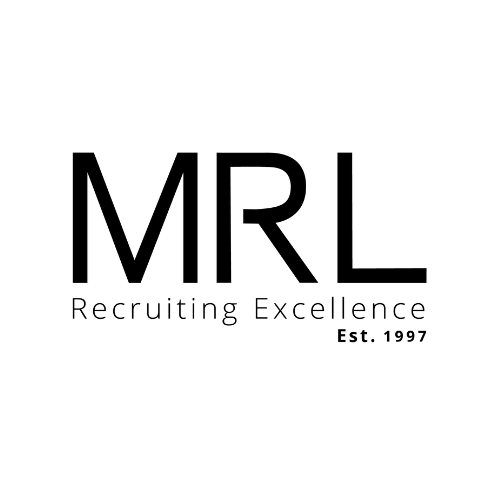What to include on your CV | Tips for 2020
14 Jan, 20205 minutesIf you’re currently on the lookout for a brand new opportunity, it’s paramount t...

If you’re currently on the lookout for a brand new opportunity, it’s paramount that the one thing you need to get right is your CV (otherwise know as curriculum vitae or resume).....but we don’t have to tell you that. It might be one, two, three or even 10 years since you last updated it, so you need to make sure you are including the right and relevant information.
There are thousands of guides on how to write the perfect CV; this isn't one of them. At MRL, we receive thousands of CVs each year from all over the globe; we see some fantastic ones, and some not so good. We wanted to point out key elements to include on your CV to help you get a step further in landing your next job opportunity.
1. Key contact information
This might sound like an obvious one, but there are so many people who don’t include the right contact information. This is the first information they see. If your CV happens to be perfect for that particular role, they will want to be able to find the information straight away to contact you.
At the top, centre, or justified to the left or right, you need to include your name, job title and your contact information. In past years, you would include your full address, however, you only need to include the town/county. Many people feel it’s necessary to write ‘CV’ or ‘Curriculum Vitae’ at the top, this is just wasting valuable space. We would recommend to use your name as the main title. With social media at the heart of many industries, most professionals will include a link to their Linkedin profile. Below are two examples of how it should look :-


2. Personal Statement
Your personal statement is one of the most important elements on your CV. Not only is this the first paragraph they will read, but this is one of your main opportunities to sell yourself. Your CV is most likely going to land on a hiring manager/line manager’s desk, along with a handful of other CVs. So the question is….how is yours going to stand out? What is going to hook them in?
Your personal statement only needs to be a short paragraph giving the reader an overview about yourself. Each statement should be tailored for every job you apply for. Key information to highlight in a personal statement should be :-
- A sentence about you and what type of person you are - we would suggest not just using current ‘buzzwords’ here. Any recruiter or hiring manager will see straight through these.
- What benefits/skills can you provide to that company in question
- What drives you?
By covering these three points in your opening statement, you are giving them a short and engaging overview which matches the job in hand.
3. Core Skills/Competencies
Your core skills or competencies should be the skills you do extremely well in the workplace. A potential employer will hire you based on your expertise in those fields. It’s been proven that information broken up with bullet points is easier to digest than continuous paragraphs of text. Pointing out six hard/soft skills gives the reader a snapshot of what you do best. What are your core skills? Are you an expert in any field? If so, this is where you list these points.
Below is an example of how this can look :-


4. Employment History
The core of your CV will be based around your current and past employment; it’s where the reader will spend most of their time. It’s very important to get the ‘layout’ of this sector correct. We see many CVs where people just list the information which isn't easy to read. You should start with your most recent job first.
Similar to the top of your CV, you need to include the dates of your employment, job title, the company name, the location you were based and a one-line summary about the company. We would also suggest including a short summary/outline of the role. Make sure you write about quantified results in your role, not just buzzwords.
With your potential employer wanting to understand your previous roles in more detail, bullet point your key responsibilities followed by any achievements and/or projects that you have excelled in. For example, if you work in the commercial space, highlight performance against targets. For project based positions, highlight achievements against budget and timescales.

5. Education/Qualifications
The information about your education is usually placed at the bottom of your CV. Many recruiters won’t digest all this information, more just glance over it. If you have been outside of education for more than five years, you don’t need to list the dates. Simply include :-
- Institution name
- Subject and qualifications
If you have gained training or development certificates, you would also list these in this section.
If you include these five things on your CV, you are a step further to that interview. If you would like assistance with formatting your CV, take a look at our handy guide and template.
If you’re still looking for jobs within the high technology markets, we have brand new jobs added to our site each week. Take a look here





